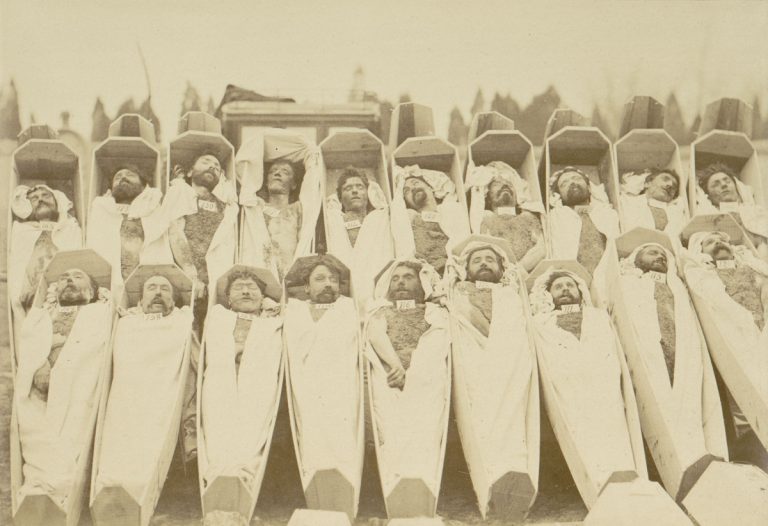Back in November the exhibition WAR/PHOTOGRAPHY: Images of Armed Conflict and Its Aftermath opened at its fourth and final venue, the Brooklyn Museum. This exhibition, which I curated with Anne Tucker and Will Michels in my former role in the photography department at the Museum of Fine Arts, Houston, featured… read more
Donna DeCesare
Teaching Magnum: What we can learn from Magnum Photos
Photojournalist Susan Meiselas broke tradition when she photographed the “people’s revolt” in Nicaragua in color. In 1981, black and white was still the accepted medium in which to depict conflict. Yet, she described the choice as best capturing “the vibrancy and optimism of the resistance.” Learn more about Meiselas’s photograph… read more


